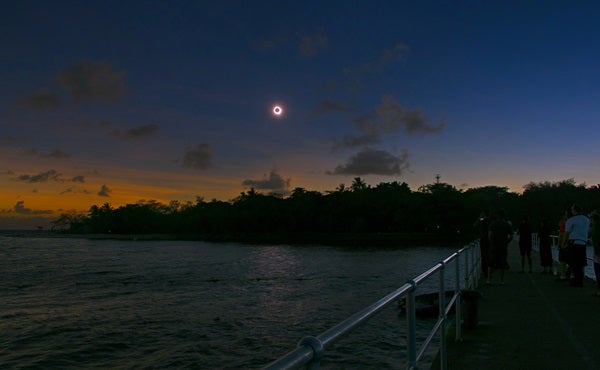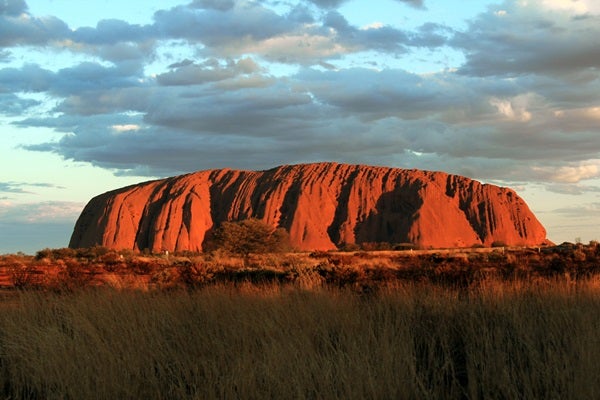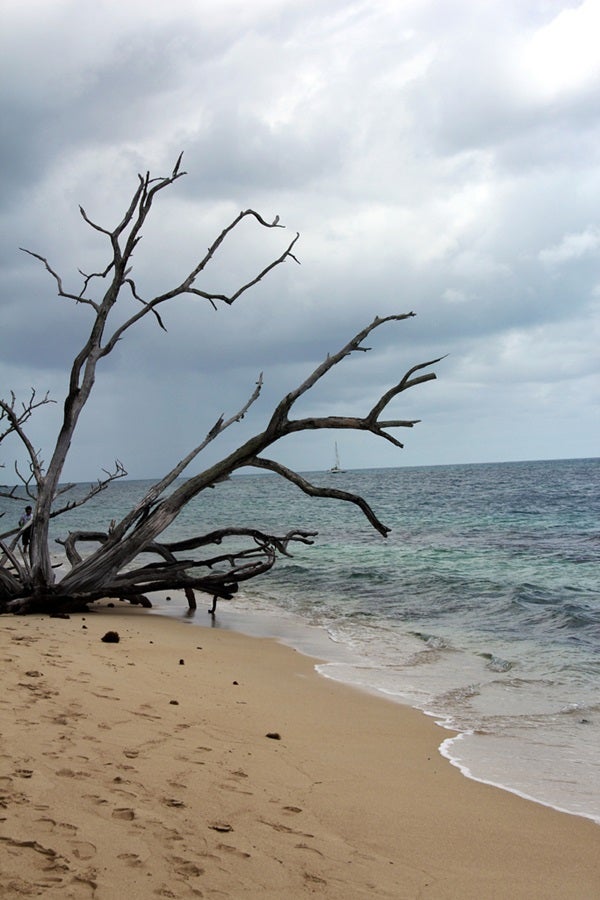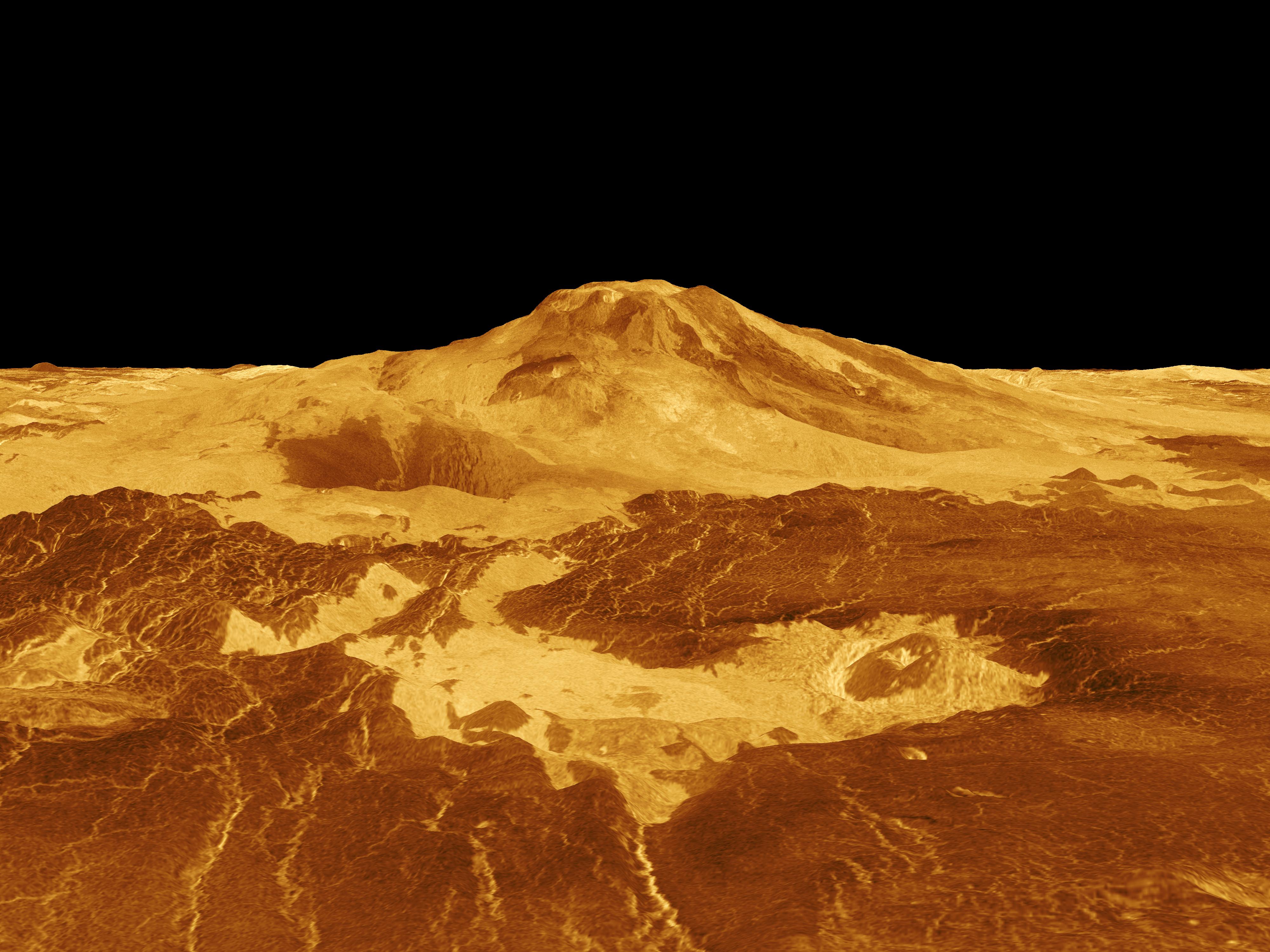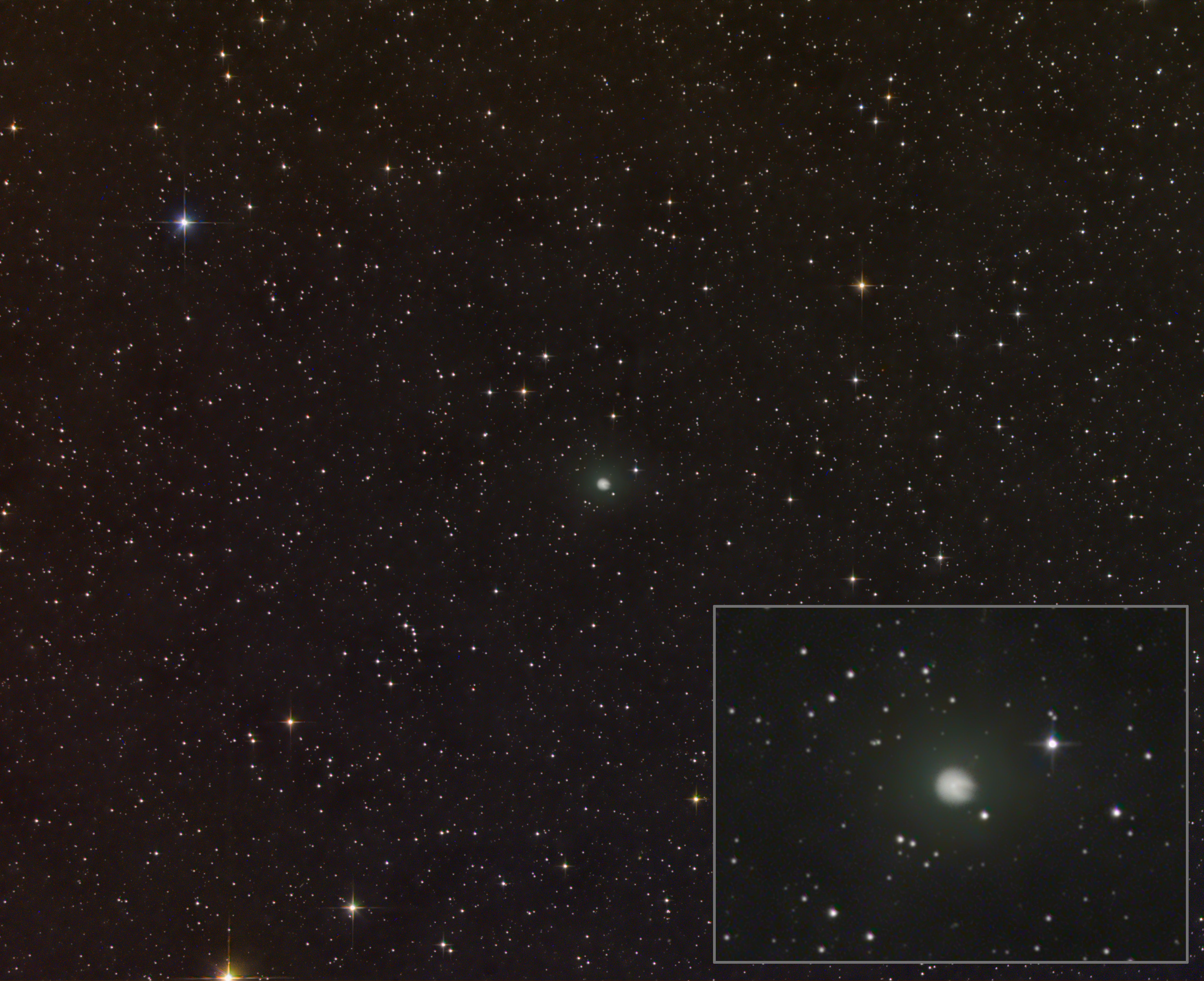This article originally appeared in the March 2013 issue of Astronomy.
Spending two weeks in Australia last November began with an unavoidable ordeal — getting there. The land Down Under isn’t precisely on the opposite side of Earth from the United States, but it’s pretty close. Astronomy Editor Dave Eicher and I spent four hours flying from Milwaukee to Los Angeles, another 14 hours over the Pacific Ocean to reach Brisbane, and then four more hours in the air before arriving at our destination: Darwin, the capital of Australia’s Northern Territory.
We were understandably bleary-eyed the first evening when we met some of the nearly 200 people joining us for this trip of a lifetime. A cruise of Darwin harbor was the first official event of the journey organized by our tour partner, Melita Thorpe of MWT Associates. She typically had us jumping from dawn to dusk (and usually later), but a long first night’s sleep left us raring to go.
Darwin was sunny, hot, and humid. The tropical weather was great for exploring the surrounding countryside. We spent our first full day visiting Kakadu National Park southeast of the city. We barely touched the surface of this immense World Heritage Site but still managed to see incredible river basins, countless species of birds and animals, and Aboriginal rock art. A fabulous cruise along one of the rivers brought us close to many of those birds and quite a few saltwater crocodiles.
Although we spent a lot of time in planes and buses — necessary in a country nearly the size of the lower 48 United States — the transportation highlight was the journey from Darwin to Alice Springs aboard the Ghan. This elegant train ferries passengers across the continent, though we took it only about halfway on a visit to the vast Red Center. Much like a cruise ship, the Ghan makes stops along the way. We took a wonderful side trip to Katherine Gorge, a deep scar carved into the red sandstone cliffs of Nitmiluk National Park.
After disembarking in Alice Springs, we immediately hopped on buses for a four-hour trip across the Outback to Ayers Rock (Uluru to the native Aborigines). The world’s largest sandstone outcrop is sacred to the Aborigines, and seeing it up close makes it easy to understand why. Its richly textured surface looks spectacular at any time of day, but particularly at sunset when the rock reddens.
After dinner, we explored the celestial wonders of the southern sky from one of the darkest places on the planet. Seeing Orion the Hunter standing on his head was a stark reminder that we weren’t in Kansas (or Wisconsin) anymore. Although the Milky Way was relatively low in the evening sky, the Large and Small Magellanic Clouds — our galaxy’s two bright satellites — were outstanding. Clearly visible to naked eyes, both were stunning through binoculars.
The next day we were off again, flying from the sparsely populated Red Center to the bustling metropolis of Sydney. In a day and a half there, we cruised its harbor, explored its neighborhoods and beaches, and sampled its amazing restaurants. We even got a guided tour of the iconic Sydney Opera House which, despite its name, holds eight different theaters that host all manner of artistic expression.
After Sydney, we hopped on a plane to reach the final stop on our tour. Cairns lies on Queensland’s east coast, but its main claim to fame is being the gateway to the Great Barrier Reef. All of the various MWT groups gathered on our first night there (November 11), when SETI Institute astronomer Seth Shostak delivered a talk on detecting extraterrestrial intelligence and our civilization’s potential response.
The next morning, the groups split again. Eicher stayed on the mainland, where he explored Daintree National Park, while I headed to Green Island National Park, located 17 miles (27 kilometers) offshore. Everyone also had a chance to snorkel or dive on the reef, where we got stunning views of colorful coral, giant clams, and more fish than you can imagine.
But nature’s grandest show was just around the corner. On November 14, the groups converged on Green Island to witness the New Moon pass in front of the blazing Sun. The island was a perfect spot because the prevailing easterly winds generated clouds along much of the coast, where many people missed out on all or part of totality. (The island also proved a popular choice for the group because explorer James Cook named it after Charles Green, the astronomer onboard his ship Endeavour.)
With the partial phases beginning just 10 minutes after the Sun rose at 5:35 a.m., we had to be in place well before dawn. The sky was perfect, and everyone witnessed the grand eclipse we had traveled nearly half a world to see. Gorgeous prominences popped into view once the Moon covered the last of the Sun’s bright photosphere. We also saw a brilliant diamond ring at both the start and end of totality as well as the Sun’s beautiful and symmetric corona.
The 126 seconds of totality flew past so quickly, it left all of us wanting more. Our next opportunity to see a total eclipse comes this November in equatorial Africa. But you’ll have to wait until March 2015 to see a longer eclipse, when the Moon’s shadow crosses the sea east of Iceland. It’s never too early to start making plans.

